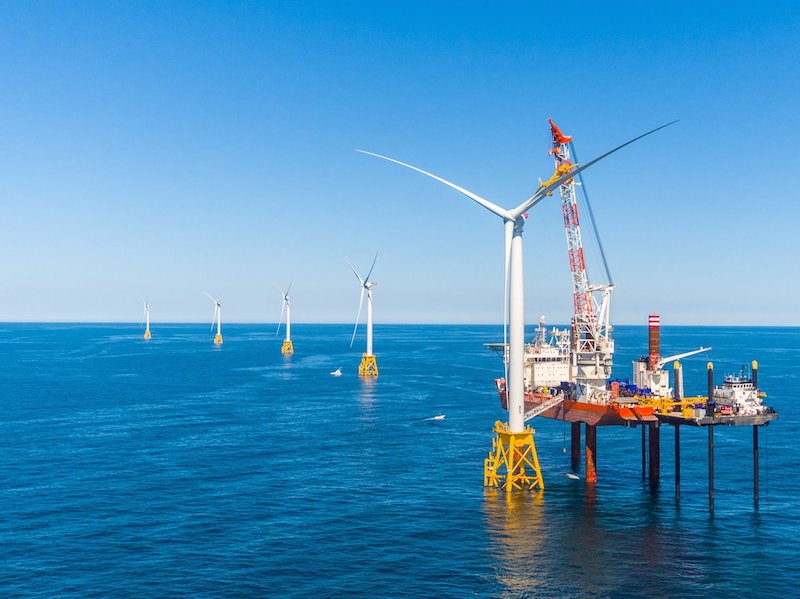The prolonged energy slump stretched through this year's International WorkBoat Show, which wrapped up earlier this month. As a result, many people involved with the show were prepared for the worst. But attendance did not take a dive and most of the people I talked to were pleasantly surprised.
In my informal survey of about a dozen or so exhibitors on the show’s final day, several said that while the number of visitors was down, the quality of the people that stopped by their booths was up. The people they needed and wanted to see were there — the decision-makers. That’s great news.
So, despite the depressed offshore energy sector, the WorkBoat Show went off well, and there continues to be no shortage of positive things for us to write about. One of them is offshore wind, which we believe will fare OK even if the Trump administration does not embrace it as enthusiastically as the Obama administration has.
Why? Because political and market forces should keep wind energy development alive, where energy companies have already obtained leases for the sea floor, and states have adopted policies to promote wind power.
The biggest wind story to date is Deepwater Wind LLC, the first U.S. offshore project, an array of five turbines that generate 30 megawatts from the winds around Block Island, R.I. It started producing power in December.
Wind projects need workboats, and the hope is that the Atlantic Pioneer, the first U.S.-flag crew transfer vessel (CTV) built by Blount Boats, Warren, R.I., will be the first of many U.S.-built wind farm service vessels.
Marcia Blount, president of Blount, said her company continues to hear from potential customers since building the 70'6"×24' Atlantic Pioneer, named by WorkBoat as its 2016 Boat of the Year at the WorkBoat Show.
She said Massachusetts has passed legislation requiring power companies to buy energy from areas off Martha’s Vineyard, and leases are in place off New York, New Jersey and Maryland. All will require a mix of wind farm service vessels.
Blount said that developers and equipment and boat designers are still at work on designs to serve bigger offshore leases. “They are not backing out,” she said.
That's good news for the workboat industry. Hopefully we'll see many more U.S. wind power service vessels come out of U.S. shipyards in the future.





